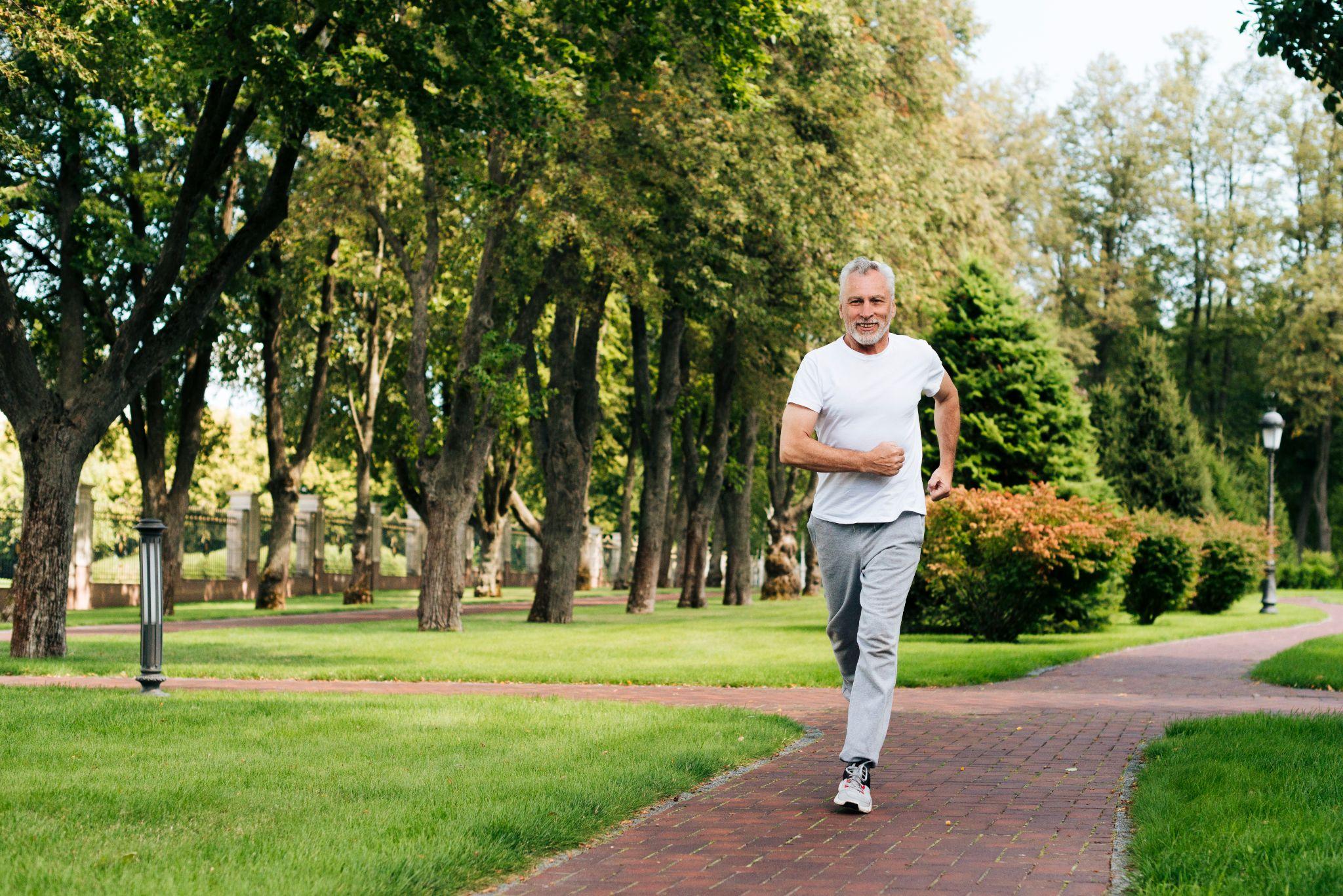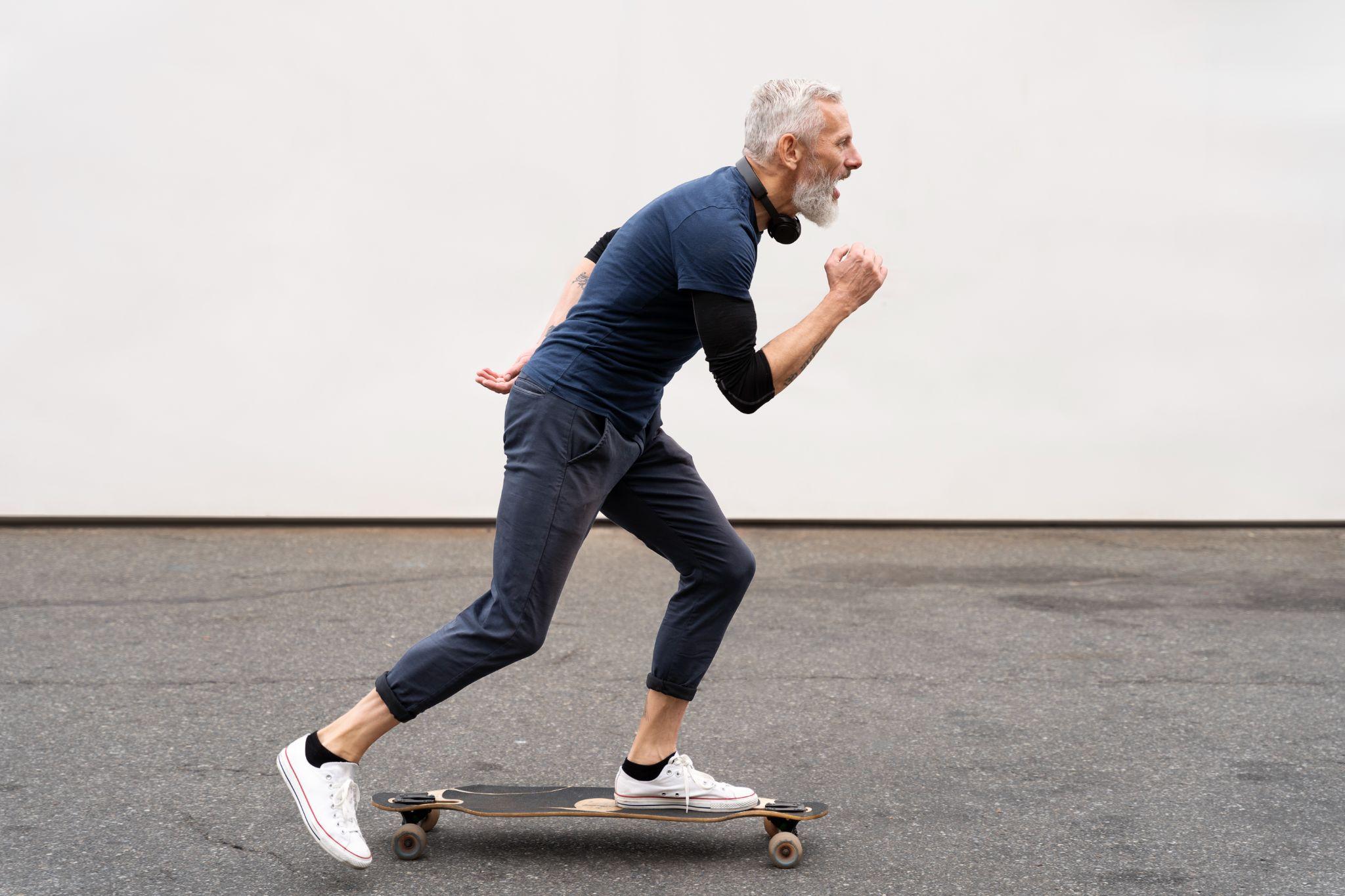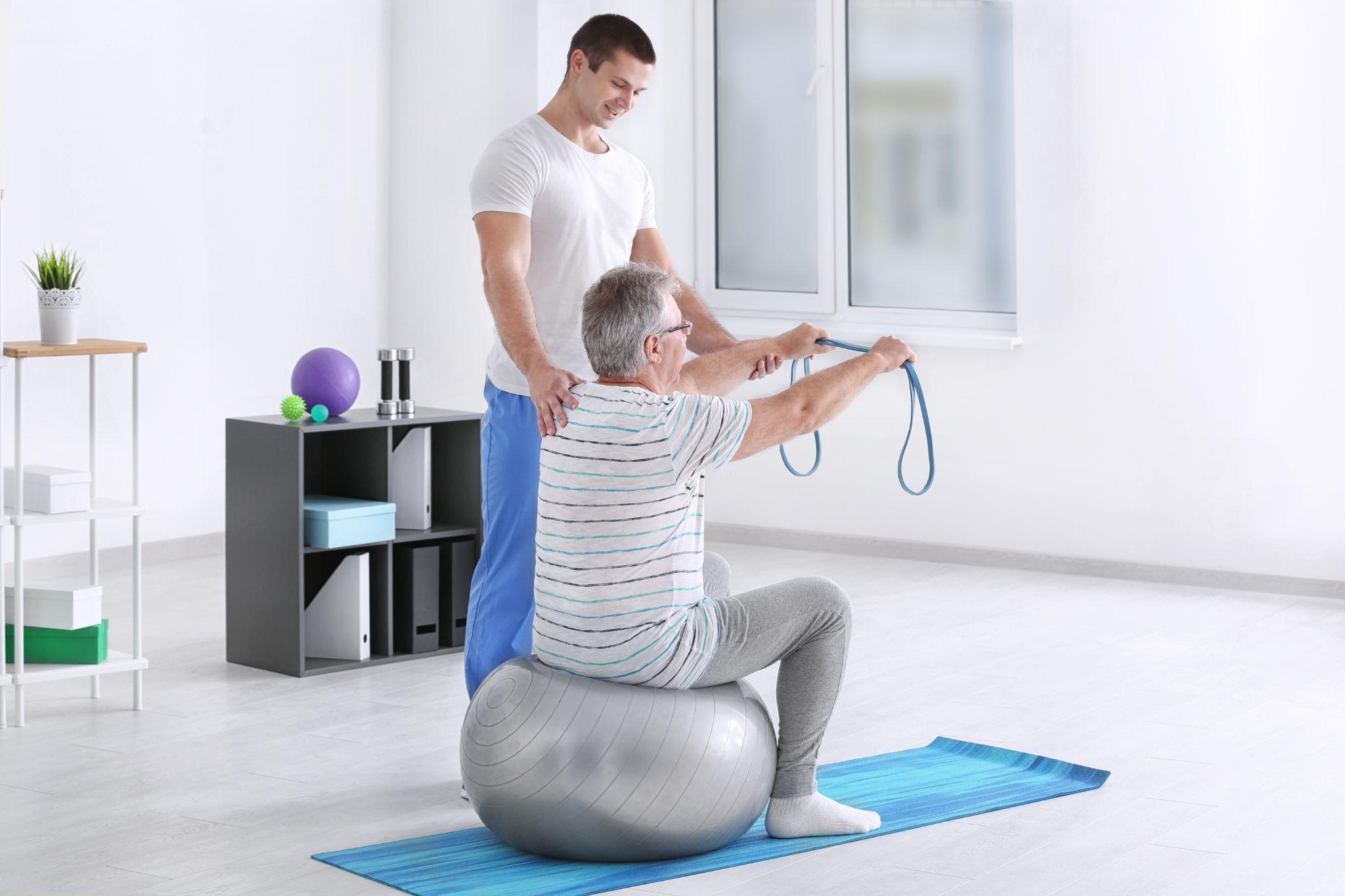Running Safe After 50: Tips for Joint Protection

Running after 50 can be safe when paired with proper warm-ups that protect joints and muscles.
Running is no longer the domain of the young anymore. Several adults aged 50 and above are actually embracing running as an exercise, a stress-reliever, or even marathons. It's becoming a global trend, with people discovering the physical and psychological benefits of fitness in later life.
The advantages of jogging after the age of 50 are vast. It is heart-friendly, weight-controlling, and mood-enhancing through the secretion of "feel-good" hormones. It suits most people, as it is an excellent stress reliever and keeps one full of energy.
But a very valuable thing to keep in mind is joint health. As one ages, joints such as knees, hips, and ankles are more prone to wear and tear. Running carelessly can lead to damage or discomfort. That's why it's worth keeping in mind how to maintain your joints in case you're planning to run safely after age 50.
How Aging Affects Joints and Running
Aging also naturally changes how our joints, bones, and muscles function. Understanding these changes makes it possible for older people to run safely.
Natural Wear and Tear Cartilage
Cartilage is a shock absorber and cushion for joints. Cartilage loses material as age advances, so joints are more sensitive to shock.
Decreased Bone Density and Flexibility
Bones get weaker with age, especially in women after menopause. Decreased flexibility makes stiffness and injury more probable.
Slower Recovery
After age 50, muscles and joints recover more slowly after exercise. Strains or minimal damage may take longer to heal than before.
Joint Joint Issues
Overuse or arthritis knee pain. Hip stiffness due to cartilage wear and tear
Weak ankles leading to loss of balance
These age-related changes are no excuse for giving up running. Instead, they highlight a brighter, joint-intelligent method of training.
Benefits of Running After 50 (When Done Safely)

Listening to your body and slowing down prevents overuse injuries in the joints.
Running at the age of 50 is full of advantages if done correctly. Some of the significant benefits are:
- Keeps healthy lungs and heart
- Prevents heart disease and high blood pressure
- Running efficiently burns calories.
- Reduced body weight helps decrease stress on the hips and knees.
- Running increases bone density, reducing osteoporosis risk
- Muscles in the legs, core, and hips become stronger with constant practice.
- Running reduces symptoms of depression and anxiety.
- Enhances sleep quality and general mood
Good joint care enables running at 50 to preserve independence, strength, and good spirits.
How to Avoid Injury to Joints While Running At 50
Safe joints are the secret to success for long-term running in your 50s. Some of the essential tips are outlined below:
Start Slow & Gradually Progress
Do not increase mileage or speed abruptly. Start short running and progressively build distance and intensity.
Warm-Up and Stretching
Do dynamic warm-up (leg swings, quick walk, light squats) before running. Stretching after running keeps muscles and joints flexible.
Select the Right Footwear
Purchase cushioned, supportive shoes that absorb shock. Exchange shoes every 6–8 months or as soon as soles become worn.
Run on Softer Surfaces
Grass, artificial tracks, and treadmills are softer than hard surfaces. Reduces strain on ankles, hips, and knees.
Strength Training
Builds muscle support of the joints through lunges, squats, and core exercises. Well-developed muscles reduce direct joint pressure.
Healthy Weight
Moderate weight loss reduces weight on weight-bearing joints. Prevents future arthritis from forming.
Listen to Your Body
Rest when you feel constant pain instead of trying to push through. Pain messages that your joints need to rest.
Cross-Training
Alternates a running program with low-impact exercise such as swimming, biking, or yoga. Prevents overuse injuries and enhances overall fitness.
By running in this manner, you'll be running fun and safely well into old age.

Regular medical checkups ensure safe running habits for aging joints.
When to See a Doctor or Physiotherapist?
Not all that hurts is normal. Seek professional advice if you have:
- Recurring knee, hip, or ankle pain that isn't relieved with rest.
- Swelling or stiffness after runs, which lasts more than a few days.
- Osteoarthritis-related symptoms include pain when going up stairs or stiffness of the joints on waking in the morning.
- Traumatic injury, such as muscle sprains or strains.
An orthopaedic expert or physiotherapist may also screen for conditions that need treatment or individually tailored exercise programs.
Healthy Joint Habits at 50+
It's not just about training at 50+; running's also a habit for healthy, strong joints.
Healthy Balanced Nutrition
Eat calcium foods (green, milk) and vitamin D foods (sunlight, fortified foods) for bone health. Include omega-3 fatty acids (flaxseeds, walnuts, fish) to reduce inflammation.
Stay Hydrated
Water keeps joints nicely lubricated. Dehydration dries out cartilage and adds friction with movement.
Adequate Sleep
Muscles and joints heal at night. Attempt 7–8 hours of quality sleep at night for repair.
Good food, water, and rest keep your body in top condition to withstand the stresses of running.
Conclusion
Running at more than 50 is possible, enjoyable, and highly rewarding if you do it right. It strengthens your bones, muscles, and heart, improves mood and energy levels, but always pay attention to taking care of your joints.
Please ensure that you remember the following golden tips:
- Wear correct shoes.
- Run on softer terrain.
- Add strength training and stretching.g
- Listen to your body and rest as needed.
With a proper balance of exercise, joint maintenance, and healthy lifestyle habits, you can jog comfortably for many years to come. Running at age 50 isn't only possible; it's a long-term health dividend.
Frequently Asked Questions
1. Is running after age 50 safe?
Yes. With caution, supportive shoes, and gradual transitions into training, running after the age of 50 is safe and offers numerous benefits for the heart, bones, and mental well-being.
2. What are the most protective joint-running surfaces?
Soft surfaces, such as grass, a running track, or a treadmill, compare favorably with hard roads as they minimize impact on the knees, hips, and ankles.
3. How best to prevent knee pain running at 50+?
Cushioned shoes, leg muscle exercising, good posture, and not overworking oneself are the best ways to prevent knee pain.
4. Do I need to run every day after age 50?
No, not at all. Run 3-4 times a week and rest with cross-training exercises so that your joints get a break.
5. What are some joint-friendly exercises for older runners?
Strength training (such as lunges and squats), core work, yoga, and swimming will strengthen your muscles, making them less stiff, and put less stress on your joints.
6. How old should I be before I stop running and visit a doctor?
If you have repeated pain, swelling, or walking pain after running, see a doctor or physiotherapist for evaluation.